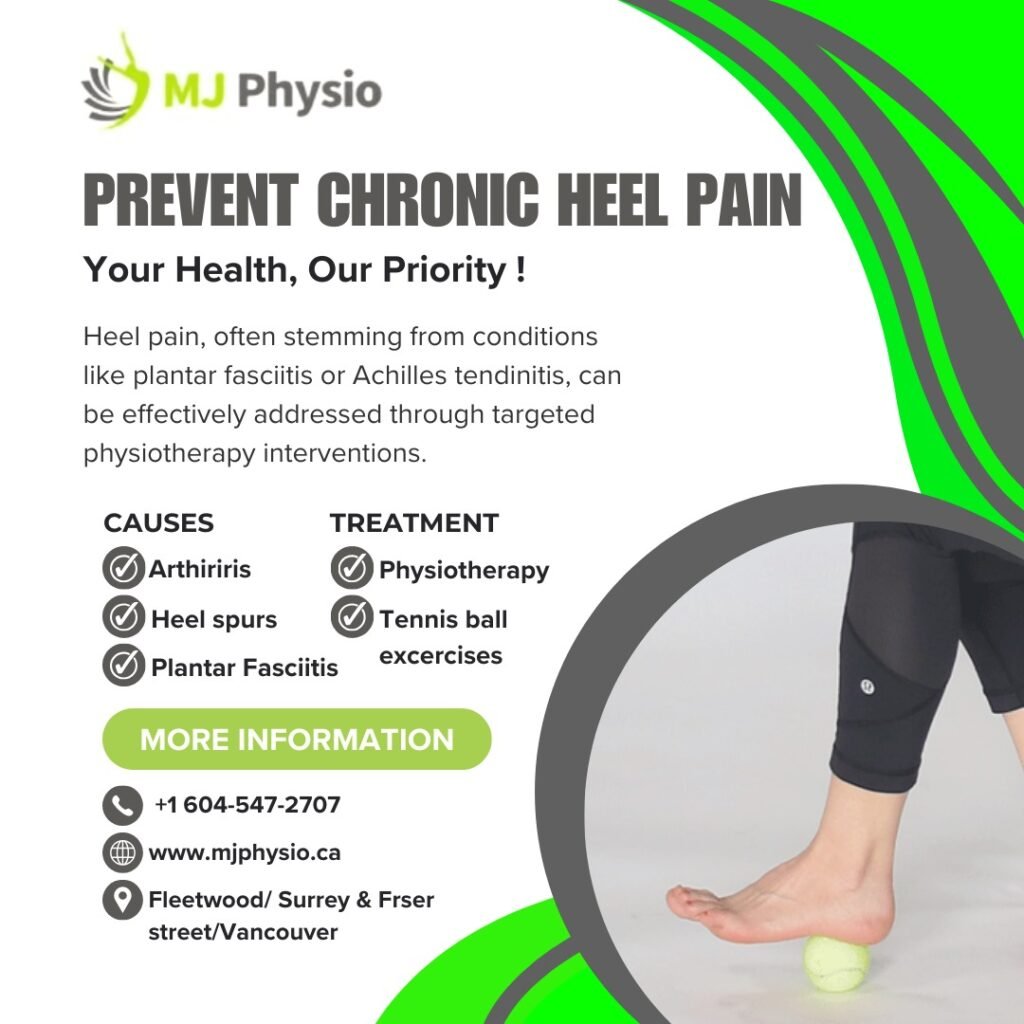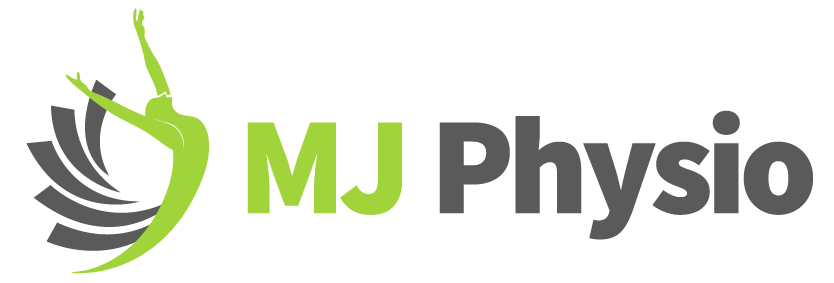Heel Spur Relief Physiotherapy Techniques Utilizing Tennis Ball Exercises
If you are experiencing sharp pain in your heel, especially when you wake up from bed and take your first step in the morning? You might be dealing with a heel spur, a common condition caused by calcium deposits that form on the underside of the heel bone. While heel spurs can be quite uncomfortable, there are various treatments available to alleviate the pain and promote healing.
Understanding heel spurs
A calcaneal spur or heel spur is a protrusion of bone that develops beneath the heel bone on the inner side of the foot due to increased stress on the ligaments. Many individuals are unaware of their heel spur until they seek treatment for associated heel pain.
Heel pain can arise from various conditions, including plantar fasciitis, Achilles tendinitis, heel spurs, tarsal tunnel syndrome, overuse injuries, and postural imbalances. Plantar fasciitis, characterized by inflammation of the plantar fascia, often responds well to physiotherapy interventions like stretching exercises, massage, and strength training to enhance flexibility and muscle strength in the foot and ankle.
Achilles tendinitis, marked by inflammation of the Achilles tendon, is another common cause of heel pain. Physiotherapy for Achilles tendinitis may entail exercises aimed at stretching and strengthening the calf muscles, alongside techniques to enhance biomechanics and alleviate strain on the tendon.
Heel spurs, bony growths beneath the heel bone, can irritate surrounding tissues and contribute to heel pain. Physiotherapy focuses on addressing underlying biomechanical issues through exercises and modalities such as ultrasound or laser therapy to relieve pain associated with heel spurs.
Tarsal tunnel syndrome in the feet is similar to carpal tunnel syndrome in the wrist, it involves compression of the posterior tibial nerve (nerve travelling in the back and deep layer of your leg ,feet and ankle ) within the ankle. Physiotherapy employs manual therapy techniques and exercises to alleviate pressure on the nerve, improve flexibility, and reduce inflammation in surrounding tissues.
Overuse injuries resulting from repetitive stress on the feet, such as running or jumping, can lead to heel pain. Physiotherapy interventions include identifying biomechanical issues, devising tailored treatment plans with exercises, gait analysis, and prescribing orthotics to address underlying causes.
Postural imbalances and poor biomechanics can strain the feet and ankles, leading to heel pain. Physiotherapy addresses these imbalances through exercises to enhance posture, alignment, and muscle strength, coupled with education on proper body mechanics and footwear choices.

How can physiotherapy help you aid Heel pain?
Physiotherapy offers a multifaceted approach to tackling heel pain effectively. Through tailored interventions, physiotherapists address the root causes of heel discomfort while enhancing healing and restoring mobility.
Firstly, precise diagnosis is crucial. Physiotherapists conduct thorough assessments to pinpoint the specific condition causing heel pain, whether it’s plantar fasciitis, Achilles tendinitis, or other factors.
Once diagnosed, physiotherapy employs various techniques to manage pain. Manual therapies such as massage and joint mobilization alleviate discomfort, while modalities like ultrasound and electrotherapy reduce inflammation.
Here are some physiotherapy techniques commonly used to treat heel spurs:
Ultrasound Therapy
Ultrasound therapy involves the use of sound waves to stimulate tissue healing and reduce inflammation. This non-invasive treatment can help alleviate pain and promote the body’s natural healing process.
Laser Therapy
Laser therapy, also known as low-level laser therapy (LLLT) or cold laser therapy, utilizes focused light to penetrate the tissues of the affected area. It helps reduce pain and inflammation while promoting tissue repair and regeneration.
Calf Stretches
Stretching exercises targeting the calf muscles and the plantar fascia can help relieve tension and improve flexibility in the foot and ankle. These stretches are often prescribed as part of a comprehensive physiotherapy program for heel spur relief.
Tennis Ball Exercises
Tennis ball exercises are a simple yet effective way to alleviate pain and discomfort associated with heel spurs. Here’s how you can use a tennis ball to target the affected area:
- Foot Roll: Sit on a chair and place a tennis ball under your affected foot. Roll the ball back and forth from your heel to the ball of your foot, applying gentle pressure. Repeat for 1-2 minutes, focusing on areas of tenderness.
- Arch Massage: Stand up and place the tennis ball under the arch of your affected foot. Apply pressure by gently rolling the ball in a circular motion. Continue for 1-2 minutes, then switch to the other foot.
- Toe Stretch: Sit on the floor with your legs extended in front of you. Place the tennis ball under your toes and gently press down, stretching the plantar fascia. Hold for 15-30 seconds, then release. Repeat 2-3 times.
Physiotherapy utilizes tennis ball exercises as part of a multifaceted approach to heel spur treatment. These exercises, combined with other physiotherapy techniques, target pain management by reducing inflammation and promoting blood flow through self-massage.
Additionally, stretching exercises with a tennis ball enhance flexibility and alleviate muscle tightness in the plantar fascia, calf muscles, and Achilles tendon. Strengthening exercises using a tennis ball focus on building stability and strength in the foot and ankle, while addressing biomechanical issues through gait analysis helps improve balance and foot alignment.
Physiotherapy aims to alleviate pain, promote healing, and enhance mobility for individuals with heel spurs, utilizing tennis ball exercises as part of a tailored treatment plan.
Gait analysis
Gait analysis is another vital aspect. Physiotherapists analyze walking or running patterns to identify biomechanical issues contributing to heel pain. Correcting these abnormalities through gait retraining or orthotic intervention alleviates strain on the heels and prevents future injuries.
Hands-on techniques such as joint mobilization and myofascial release enhance joint mobility and reduce muscle tightness. Biomechanical assessments refine treatment plans, guiding recommendations for proper footwear, orthotics, and activity modifications to optimize alignment and reduce heel strain.
Education is key. Physiotherapists equip patients with knowledge about their condition and self-management strategies like stretching techniques and home exercises. This empowers individuals to take an active role in their recovery and prevent recurrence of heel pain.
Conclusion
To summarize, physiotherapy provides a comprehensive approach to heel pain management, targeting its underlying causes, improving function, and promoting long-term recovery and prevention.
Heel spurs can cause notable discomfort, but by adopting an appropriate treatment strategy, you can discover relief and resume your usual routine. Physiotherapy, which encompasses ultrasound therapy, laser therapy, calf stretches, and tennis ball exercises, presents a holistic approach to reducing pain and fostering recovery. Prior to commencing any new treatment plan, it’s essential to consult with a healthcare professional, and if your symptoms persist or worsen, don’t hesitate to seek assistance. With determination and patience, you can overcome heel spurs and restore both your mobility and comfort.




Post Comments